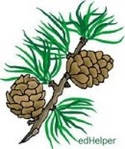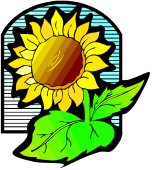
Worksheets and No Prep Teaching Resources
Reading Comprehension Worksheets
Plants

Plants
 Worksheets and No Prep Teaching Resources Reading Comprehension Worksheets Plants |
 Plants |
| edHelper's suggested reading level: | grades 6 to 8 | |
| Flesch-Kincaid grade level: | 7.07 |
|
Plant Behaviors and Evolution
By Cindy Grigg |

|
 1 When you look at a plant, you may not see much happening. But, like people and animals, plants have needs. Living things can live on Earth because Earth has certain things that allow them to grow and reproduce. Plants need light, air, water, and space.
1 When you look at a plant, you may not see much happening. But, like people and animals, plants have needs. Living things can live on Earth because Earth has certain things that allow them to grow and reproduce. Plants need light, air, water, and space. |
Create Weekly Reading Books
Prepare for an entire week at once! |
| Leave your feedback on Plant Behaviors and Evolution (use this link if you found an error in the story) |
 |
Plants
|
 |
Science
|